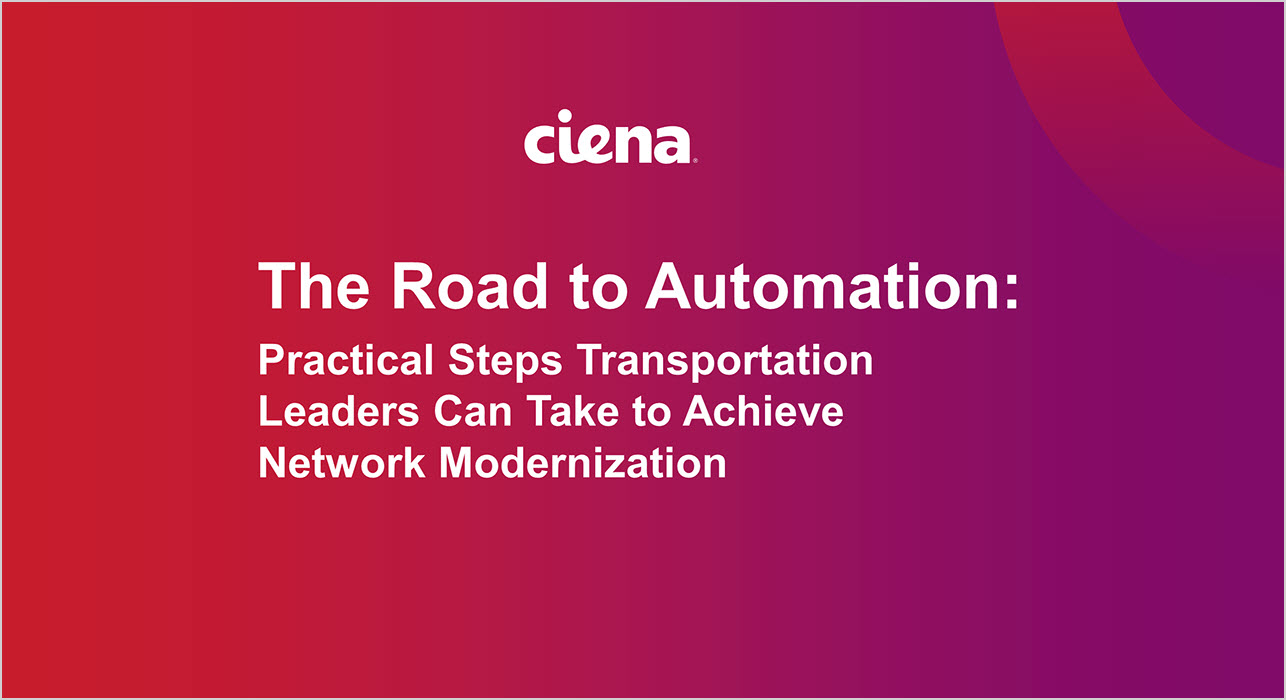Fixed wireless access + fiber = smart, connected roadways
The U.S. federal government is making historic investments to make sorely needed improvements to our nation’s public infrastructure. However, the focus of this funding seems to be more on physical transportation infrastructure and repairing or expanding existing roads, bridges, tollways, and highways. These programs need to go beyond physical infrastructure because focusing only on physical infrastructure while ignoring digital infrastructure is like buying a new car but neglecting to purchase oil, gasoline, and coolant.
The benefits of digital transportation infrastructure
Investing in digital infrastructure like network connectivity, software, and automation enables Departments of Transportation (DOTs) to operate physical transportation assets more efficiently and enable advanced intelligent transportation technologies. Increasing investment in both physical infrastructure and digital infrastructure creates smart, connected roadways that can help improve motorist safety, reduce traffic congestion and pollution, and enhance the motorist experience.
The combination of wireless access, fiber transport, and next-generation network platforms is the winning formula, delivering resilient, real-time transmission of data, image, and video across stakeholders. To deploy, manage and maintain this winning combination of wireless and fiber networks, DOTs need to leverage the right partners.
Digital infrastructure built on a solid foundation of advanced communications will support the intelligent transportation systems (ITS) that enable transportation authorities to improve real-time incident management, inform future investments and policies, and drive the game-changing innovation in autonomous vehicles that will save lives and improve efficiencies. For example, the Colorado Department of Transportation’s ITS gathers data from video cameras and road sensors along a mountainous stretch of I-70 to detect and resolve congestion and problems caused by weather, accidents, or high traffic volumes. More advanced ITS applications enable contactless toll payment systems and automated weigh stations. Meanwhile, cooperative intelligent transportation systems (C-ITS) powered by vehicle-to-everything (V2X) communication will enable vehicles and other road entities to share their data and “cooperate” together to improve traffic flow and avoid collisions.
Episode 31: An Avalanche of Data – Colorado’s Roadways of the Future
As these digital infrastructure applications grow in complexity and expand across larger geographic areas, legacy communications networks no longer make the grade. DOTs need to ensure their communication networks can support the demanding bandwidth, resilience, and latency requirements of current and future ITS and C-ITS applications. In denser urban locations and along major highways, the networks will likely be served by fiber optical cable. For sparse urban locations and remote rural areas, fixed wireless access provides a good access option, which then will be backhauled to the nearest fiber node for transport to a traffic management center. The network devices that power the wireless and fiber networks must be flexible and able to support a variety of access types, including Wi-Fi, 4G, 5G, fiber, copper, DSL, etc. This can allow DOTs to standardize on network technology platforms while keeping the flexibility to deploy these applications across many varied sites and requirements.
The winning formula to support your digital infrastructure innovation
The combination of wireless access, fiber transport, and next-generation network platforms is the winning formula, delivering resilient, real-time transmission of data, image, and video across stakeholders. To deploy, manage and maintain this winning combination of wireless and fiber networks, DOTs need to leverage the right partners. But finding a winning combination of experienced partners that can successfully collaborate can be difficult. Verizon and Ciena can make it easy for DOTs to leverage a winning collaboration. Verizon’s fixed wireless access and managed network services, combined with Ciena’s packet optical platform solutions for Transportation, provide a compelling solution that is greater than the sum of our respective parts. The combination of assets from Verizon and Ciena supports the ITS and C-ITS applications of today while helping to provide a foundational pillar for future digital infrastructure innovation.






